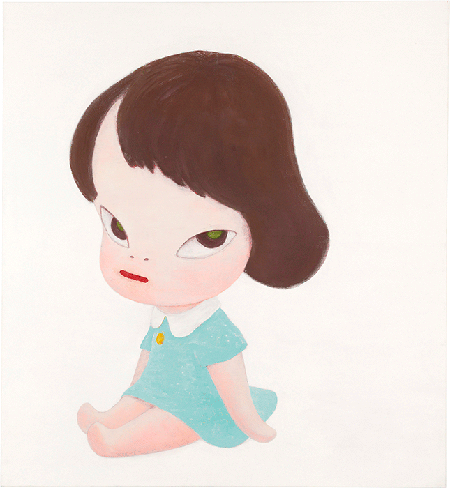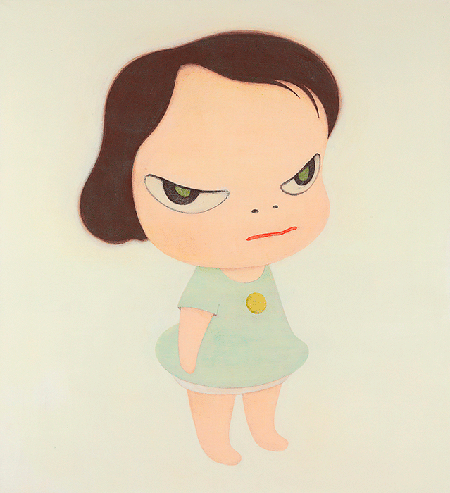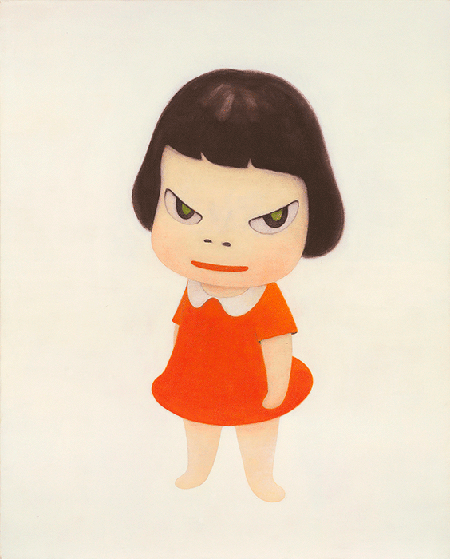20th Century & Contemporary Art Evening Sale
London Auction 20 October 2020
1
Emily Mae Smith
Alien Shores
Estimate £40,000 - 60,000 ‡
Sold for £277,200
Create your first list.
Select an existing list or create a new list to share and manage lots you follow.
2
Salman Toor
Aashiana (Hearth and Home)
Estimate £30,000 - 50,000 ‡
Sold for £138,600
Create your first list.
Select an existing list or create a new list to share and manage lots you follow.
3
Portia Zvavahera
Arising from the Unknown
Estimate £40,000 - 60,000 ‡
Sold for £163,800
Create your first list.
Select an existing list or create a new list to share and manage lots you follow.
4
Titus Kaphar
Alternate Endings
Estimate £60,000 - 80,000 ‡
Sold for £466,200
Create your first list.
Select an existing list or create a new list to share and manage lots you follow.
5
Hernan Bas
Two Fruits
Estimate £60,000 - 80,000
Sold for £163,800
Create your first list.
Select an existing list or create a new list to share and manage lots you follow.
6
Otis Kwame Kye Quaicoe
Black Stripes on White
Estimate £20,000 - 30,000 ‡
Sold for £94,500
Create your first list.
Select an existing list or create a new list to share and manage lots you follow.
7
Dana Schutz
Trump Descending an Escalator
Estimate £380,000 - 580,000 ‡
Sold for £688,000
Create your first list.
Select an existing list or create a new list to share and manage lots you follow.
8
Banksy
Girl with Balloon & Morons Sepia
Estimate £500,000 - 700,000 ‡♠
Sold for £1,232,500
Create your first list.
Select an existing list or create a new list to share and manage lots you follow.
9
Nicolas Party
Rocks
Estimate £400,000 - 600,000
Sold for £603,300
Create your first list.
Select an existing list or create a new list to share and manage lots you follow.
10
Georg Baselitz
Das letzte Selbstbildnis I
Estimate £4,700,000 - 6,000,000 ♠
Sold for £4,983,500
Create your first list.
Select an existing list or create a new list to share and manage lots you follow.
11
Jean-Michel Basquiat
Back of the Neck
Estimate £450,000 - 650,000 ‡
Sold for £627,500
Create your first list.
Select an existing list or create a new list to share and manage lots you follow.
12
Keith Haring
Untitled (Grace Jones Mask)
Estimate £1,500,000 - 2,000,000 ‡
Sold for £1,716,500
Create your first list.
Select an existing list or create a new list to share and manage lots you follow.
13
George Condo
The Age of Reason
Estimate £2,000,000 - 3,000,000 ‡
Sold for £2,082,369
Create your first list.
Select an existing list or create a new list to share and manage lots you follow.
14
Alex Katz
Ada with Mirror
Estimate £400,000 - 600,000 ‡
Sold for £529,200
Create your first list.
Select an existing list or create a new list to share and manage lots you follow.
15
Yoshitomo Nara
Magic Carpet
Estimate £500,000 - 700,000
Sold for £504,000
Create your first list.
Select an existing list or create a new list to share and manage lots you follow.
16
Ed Ruscha
1981 - Future
Estimate £600,000 - 800,000
Sold for £567,000
Create your first list.
Select an existing list or create a new list to share and manage lots you follow.
17
Jean-Michel Basquiat
Untitled (Pestus)
Estimate £2,000,000 - 3,000,000 ‡
Sold for £2,200,500
Create your first list.
Select an existing list or create a new list to share and manage lots you follow.
18
Andy Warhol
Flowers
Estimate £1,400,000 - 1,800,000 ‡
Sold for £1,595,500
Create your first list.
Select an existing list or create a new list to share and manage lots you follow.
19
Sir Peter Blake, R.A.
Nudina
Estimate £60,000 - 80,000 ♠
Sold for £75,600
Create your first list.
Select an existing list or create a new list to share and manage lots you follow.
20
Allen Jones
Project for Fifteen Foot Women
Estimate £150,000 - 200,000 ♠
Sold for £189,000
Create your first list.
Select an existing list or create a new list to share and manage lots you follow.
21
Sean Scully
Somebody's Angel
Estimate £600,000 - 800,000 ‡♠
Sold for £1,014,700
Create your first list.
Select an existing list or create a new list to share and manage lots you follow.
22
Joan Mitchell
Untitled
Estimate £400,000 - 600,000
Sold for £441,000
Create your first list.
Select an existing list or create a new list to share and manage lots you follow.
23
Cy Twombly
Portrait of Alvise di Robilant
Estimate £500,000 - 700,000 ‡
Sold for £510,300
Create your first list.
Select an existing list or create a new list to share and manage lots you follow.
24
Alberto Giacometti
Femme debout
Estimate £550,000 - 750,000 ‡
Sold for £651,700
Create your first list.
Select an existing list or create a new list to share and manage lots you follow.
25
Wojciech Fangor
M 91
Estimate £200,000 - 300,000 ♠
Sold for £252,000
Create your first list.
Select an existing list or create a new list to share and manage lots you follow.
26
Georges Mathieu
Petite Torture infligée au Marquis de Coconat et à son complice la Môle
Estimate £250,000 - 350,000 ♠
Sold for £252,000
Create your first list.
Select an existing list or create a new list to share and manage lots you follow.
27
Hurvin Anderson
Marlene’s
Estimate £250,000 - 350,000 ‡♠
Sold for £252,000
Create your first list.
Select an existing list or create a new list to share and manage lots you follow.
28
This lot is no longer available.
29
Lynette Yiadom-Boakye
Luminary
Estimate £250,000 - 450,000 ♠
Sold for £315,000
Create your first list.
Select an existing list or create a new list to share and manage lots you follow.
30
Henry Taylor
Ari and the Deer
Estimate £100,000 - 150,000 ‡
Sold for £113,400
Create your first list.
Select an existing list or create a new list to share and manage lots you follow.
31
Georg Baselitz
Kopf an Kopf II
Estimate £600,000 - 800,000 ‡♠
Sold for £705,000
Create your first list.
Select an existing list or create a new list to share and manage lots you follow.
32
Albert Oehlen
Control
Estimate £400,000 - 600,000 ‡♠
Sold for £475,000
Create your first list.
Select an existing list or create a new list to share and manage lots you follow.
33
Rudolf Stingel
Untitled
Estimate £800,000 - 1,200,000 ‡♠
Sold for £990,500
Create your first list.
Select an existing list or create a new list to share and manage lots you follow.
34
Albert Oehlen
Die Veränderungen
Estimate £700,000 - 900,000 ♠
Sold for £809,000
Create your first list.
Select an existing list or create a new list to share and manage lots you follow.
35
Günther Förg
Untitled
Estimate £250,000 - 350,000 ♠
Sold for £315,000
Create your first list.
Select an existing list or create a new list to share and manage lots you follow.
36
Anish Kapoor
Blade
Estimate £60,000 - 80,000 ‡♠
Sold for £85,680
Create your first list.
Select an existing list or create a new list to share and manage lots you follow.
37
This lot is no longer available.
38
Jason Rhoades
Heroic Vagina
Estimate £150,000 - 200,000
Create your first list.
Select an existing list or create a new list to share and manage lots you follow.
39
Wolfgang Tillmans
Freischwimmer 27
Estimate £210,000 - 300,000 ♠
Create your first list.
Select an existing list or create a new list to share and manage lots you follow.
40
Cory Arcangel
Photoshop CS: 110 by 72 inches, 300 DPI, RGB, square pixels, default gradient 'Spectrum', mousedown y=23900 x=11650, mouseup y=32650 x=11650
Estimate £100,000 - 150,000 ‡
Sold for £252,000
Create your first list.
Select an existing list or create a new list to share and manage lots you follow.


